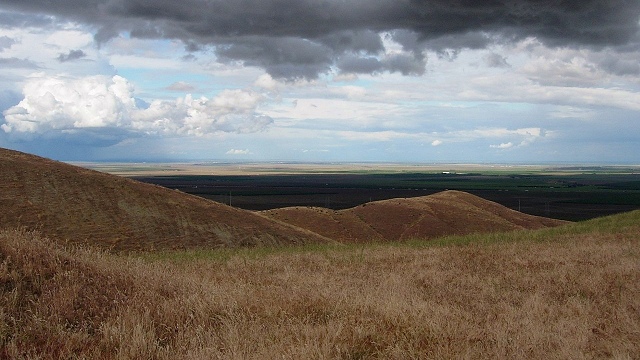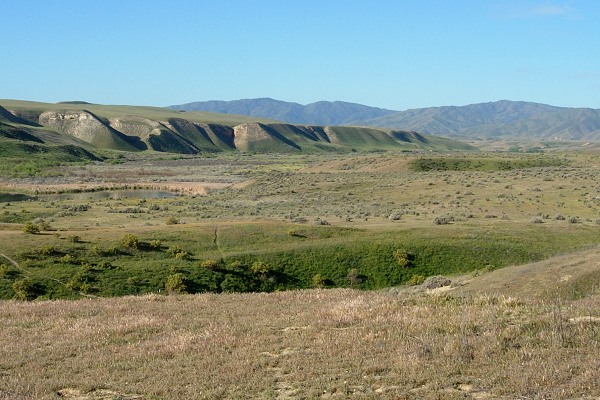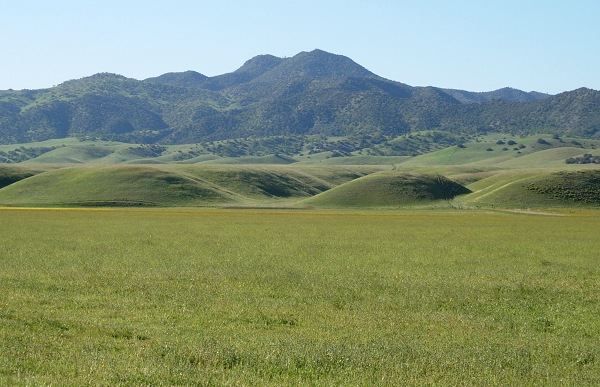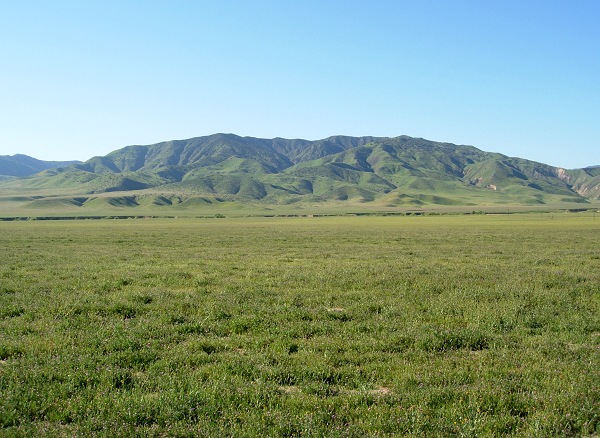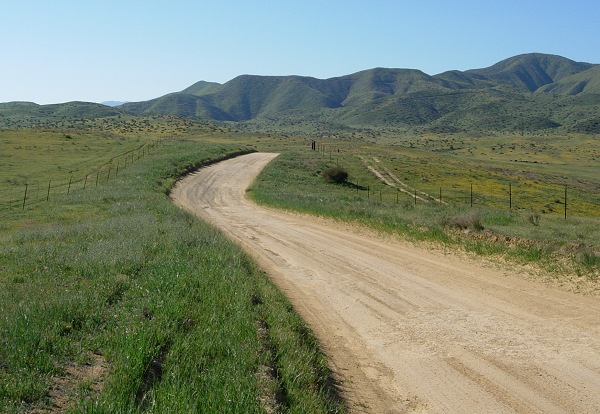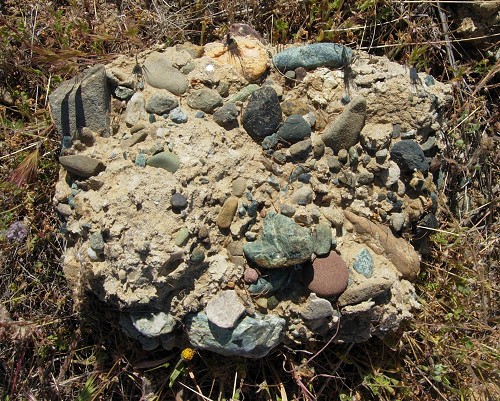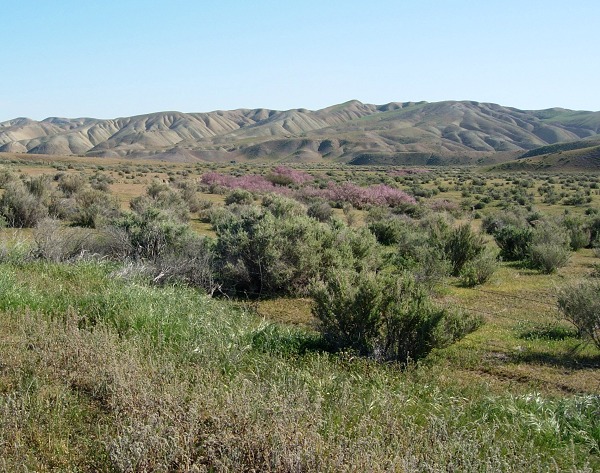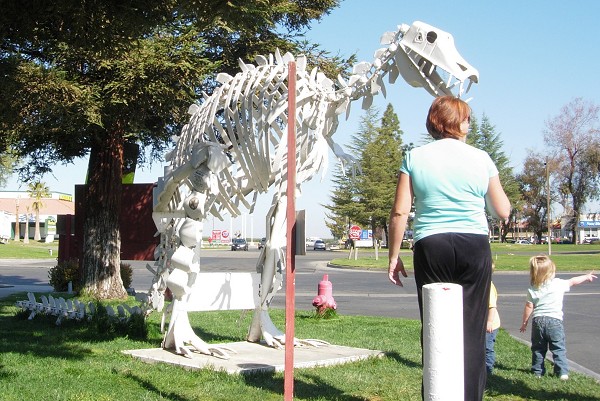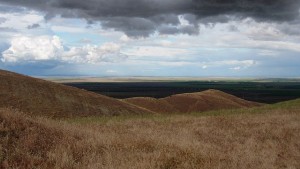
Most people, it's probably fair to say, loathe Interstate 5 between Redding and Bakersfield. If all you want to do is get from point A to point B, I-5 enables that, but the road is so smooth and the route so straight that the typical driver resents the time spent on it, even at 80 mph and faster. Traffic can reach dangerous speeds, eyes get glazed, attention wavers, and tempers grow short.
As for me, I love the chance to enjoy I-5. I make it a full day's trip to get from the Bay Area to Southern California or the Shasta region, and that gives me a long enough leash to get off the freeway at least once during the day. So I'd like to share with you some of my favorite side trips, and they don't include Santa Nella.
One that I've enjoyed several times goes past the Panoche and Tumey Hills, a big patch of wild land along the east side of the Coast Range managed by the Bureau of Land Management. It's a loop of backroad about halfway to Bakersfield, due west of Fresno. Its north end is Little Panoche Road and its south end is Panoche Road. It includes some dirt road and takes a good hour if you don't stop much. Its two notable landmarks are Mercey Hot Springs and the village of Panoche, in well-hidden Panoche Valley. I've never stopped at either place because it's the countryside that attracts me.
Let's have a look at the geologic map of the area, derived from the nice interactive state geologic map:
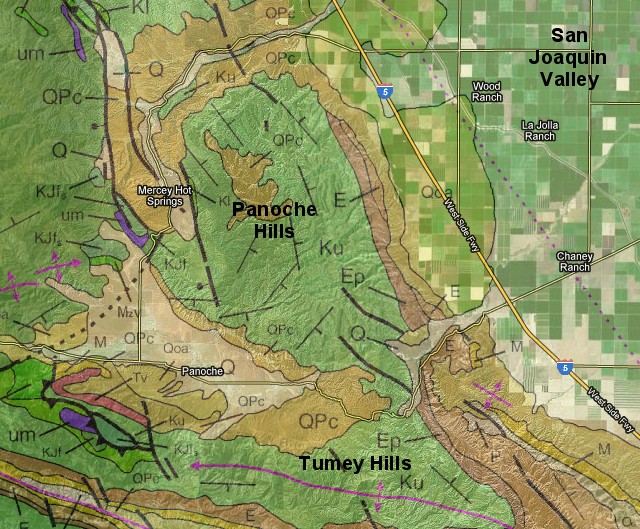
The bulk of the hills consists of late Cretaceous mudstones, laid down in a shallow sea some 80 million years ago when the Sierra Nevada was a great chain of volcanoes like today's Cascade Range. This sea persisted past Cretaceous time into the succeeding Paleocene and Eocene epochs, perhaps 50 or 40 million years ago. There are rare plesiosaur and mosasaur fossils in the older section and lots of fossil wood throughout. But we don't have time to hunt fossils, although collecting for personal purposes is allowed.
